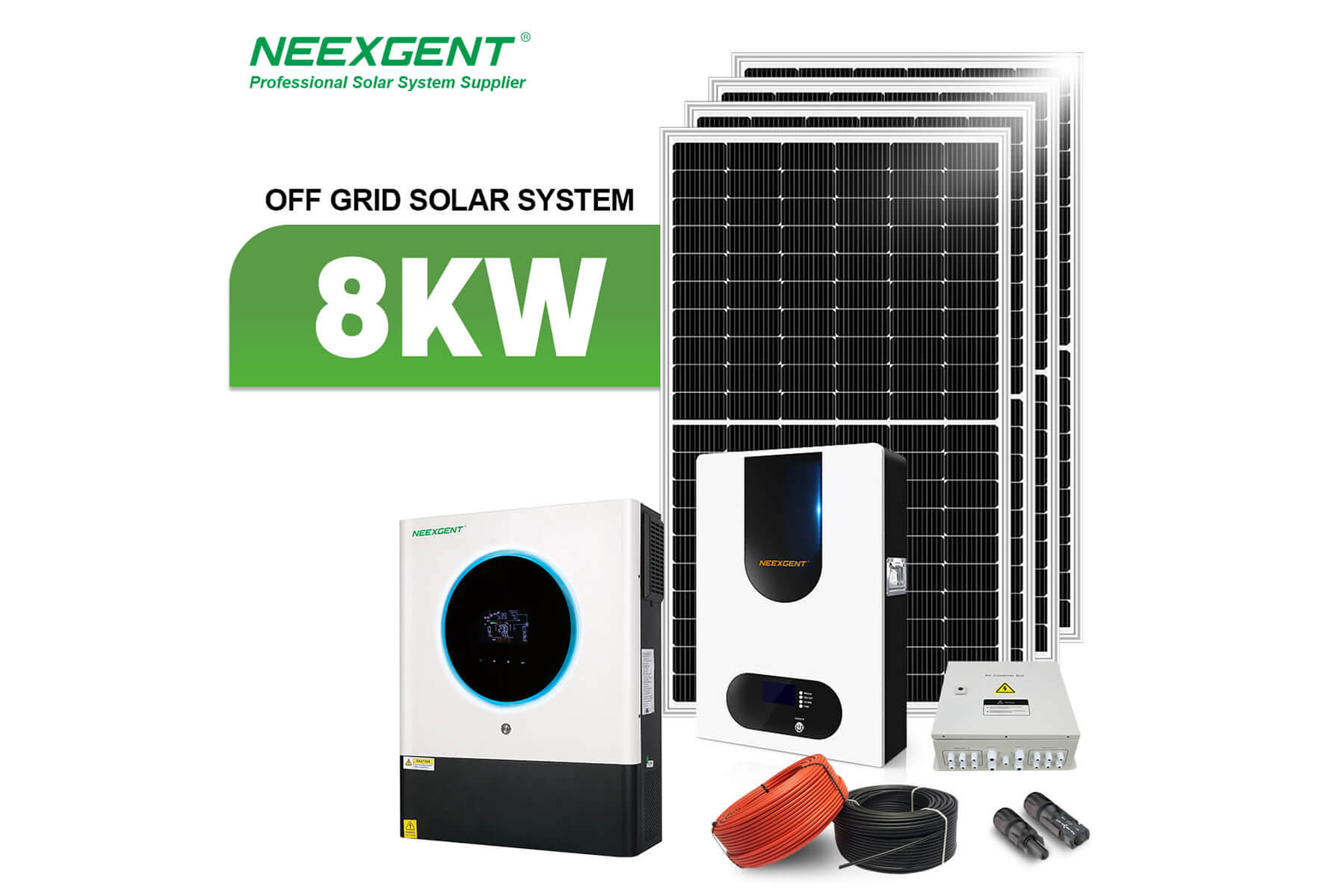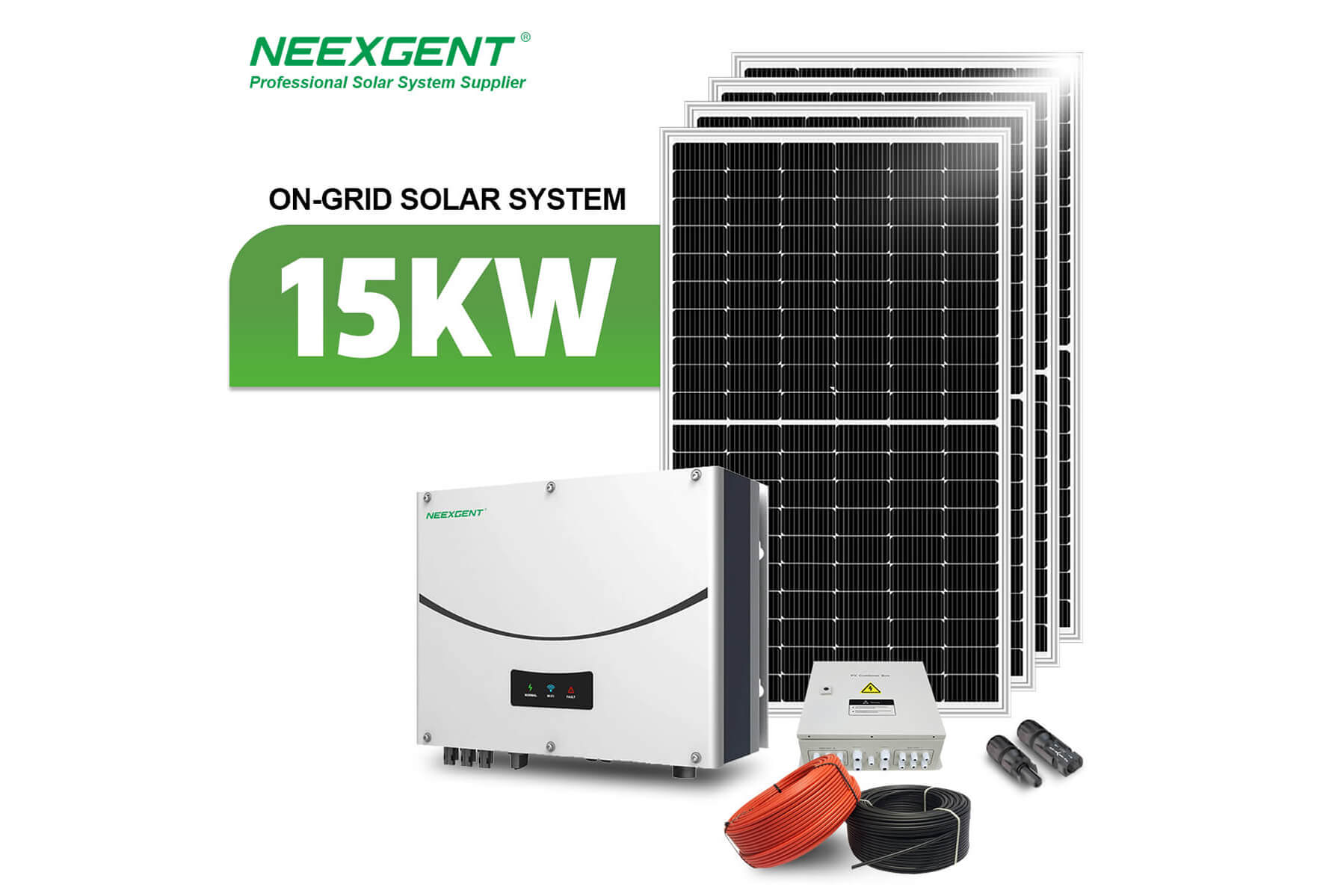
1. Off-Grid Solar Energy System: Understanding the Basics
- Definition and Functionality: Explaining what an off-grid solar energy system is and how it operates. This includes the components such as solar panels, charge controller, battery bank, and inverter that work together to generate and store electricity for standalone use without being connected to the utility grid.
- Autonomy and Self-Sufficiency: Highlighting the main advantage of an off-grid solar energy system, which is its ability to provide electricity in remote locations or areas without access to the utility grid. Discussing the autonomy and self-sufficiency of off-grid systems, which rely on stored energy in batteries to power electrical loads during periods of low solar production or at night.
- Sizing and Design Considerations: Discussing the factors that need to be considered when sizing and designing an off-grid solar energy system, such as solar panel capacity, battery bank capacity, and inverter size. Exploring the importance of properly sizing the system to meet the energy needs of the intended application and ensuring reliable operation.

2. On-Grid Solar Energy System: Understanding the Basics
Definition and Functionality: Explaining what an on-grid solar energy system is and how it operates. This includes the components such as solar panels, inverter, and grid connection that work together to generate electricity that is fed back into the utility grid.
Grid-Tied and Net Metering: Exploring the concept of grid-tied solar energy systems, which are connected to the utility grid and do not require energy storage in batteries. Discussing the concept of net metering, which allows excess electricity generated by the solar panels to be fed back into the grid, earning credits that can be used to offset electricity consumption from the grid during periods of low solar production.
Design Considerations and Cost Benefits: Discussing the factors that need to be considered when designing an on-grid solar energy system, such as solar panel capacity, inverter type, and grid connection requirements. Highlighting the cost benefits of on-grid systems, which typically do not require expensive battery storage and can take advantage of net metering to offset electricity bills and potentially earn income from excess electricity generation.
3. Key Differences between Off-Grid and On-Grid Solar Energy Systems
Energy Storage: Exploring the key difference between off-grid and on-grid systems, which is the presence of energy storage in off-grid systems. Discussing how off-grid systems require battery storage to store excess energy for use during periods of low solar production or at night, while on-grid systems do not require energy storage as excess energy is fed back into the grid.
Autonomy and Reliance on Grid: Discussing how off-grid systems provide autonomy and self-sufficiency, as they can operate independently without reliance on the utility grid, while on-grid systems are connected to the grid and rely on it for electricity during periods of low solar production.
Cost Considerations: Exploring the cost differences between off-grid and on-grid systems, including the upfront costs of batteries for energy storage in off-grid systems and the potential income generation from net metering in on-grid systems. Discussing the long-term cost implications and payback periods for both types of systems.







